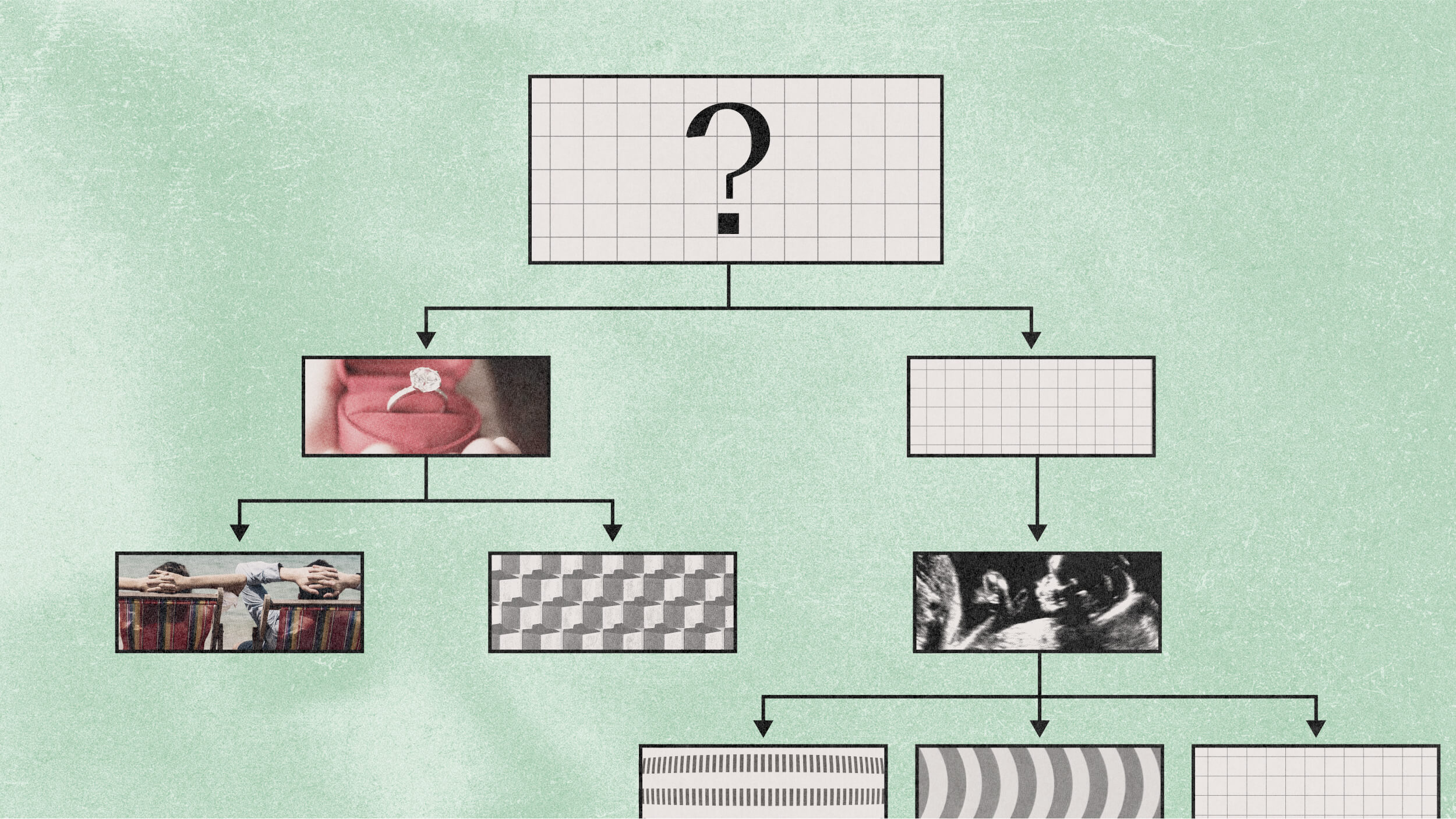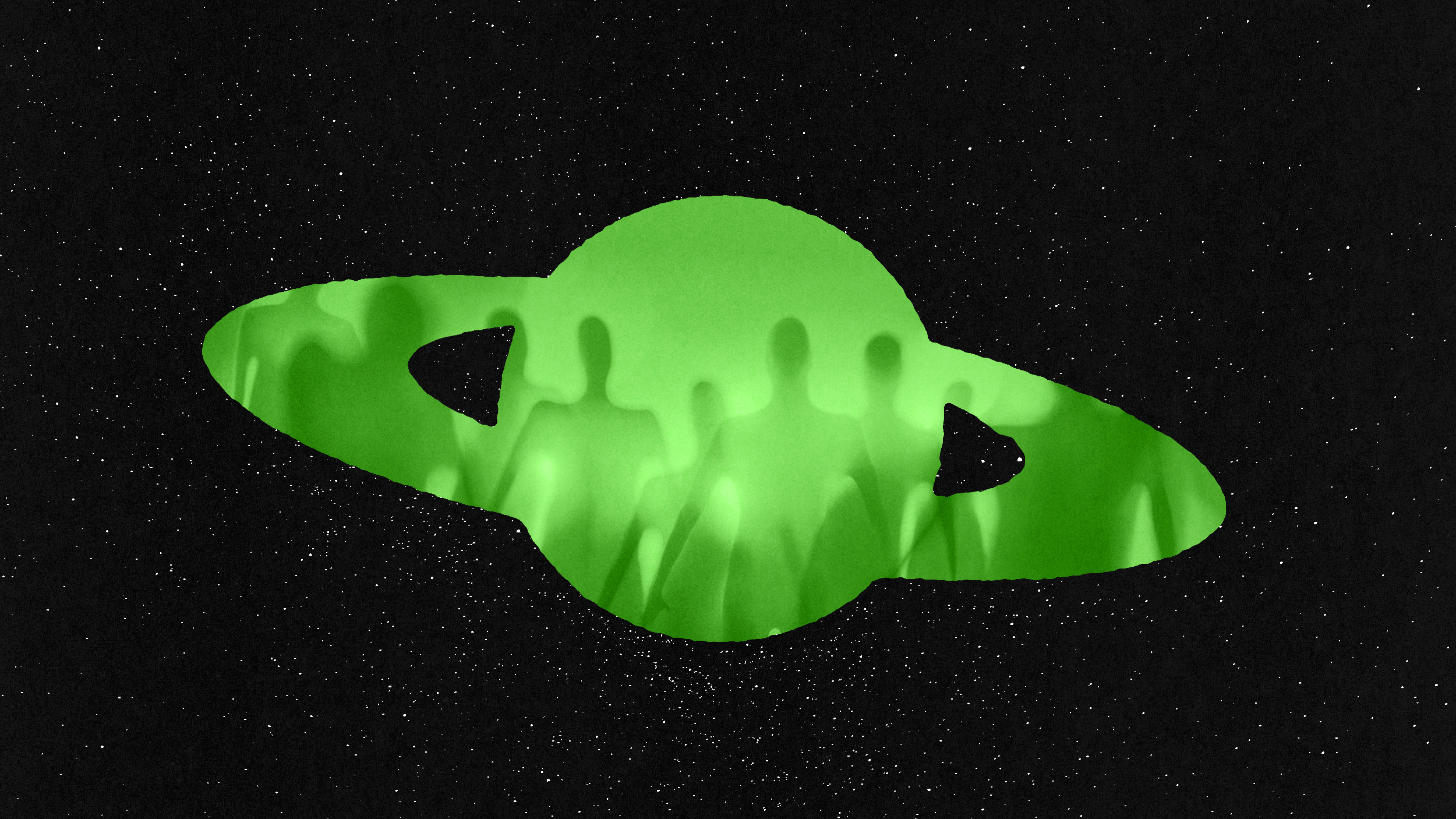Bill Nye (The Science Guy!) describes the possibility of discovering life on Europa, arguing that we might make such a discovery in as little as 20 or 30 years. Bill is the CEO of the Planetary Society (http://planetary.org/).
Bill Nye: What we at the Planetary Society do is do our best to advance space science and exploration. We strongly believe that the search for life is worthy because it would change the world. So, the two logical places to look in the solar system are Mars and this moon of Jupiter called Europa. And if you've never seen Europa I encourage you to go out there and take a look. You need a telescope or binoculars and look at Jupiter. Jupiter is a very bright object. Go to Planetary.org we'll show you where it is. And you can see they look like pinpricks of light, the same pinpricks of light that Galileo himself observed when he took what was nominally a military instrument, a telescope for looking at the other team, your enemy on the other hilltop, and pointed it at the sky. Not only did he point it at the sky, he pointed it at the sky at night. And so he found Jupiter and he found these four moons, which we nowadays call the Galilean moons after him. But meanwhile dozens of other moons have been found, dozens.
And the reason we talk about Europa so often and so much in my little space community is because it has twice as much seawater as the Earth. And for years people who looked at Europa did not think it was good or well advised to plan a mission there because of the great expense. You would have to have a lander and then you'd have to have some kind of amazing drill to drill through, pick a number, 20 or 50 km of ice to get to this seawater. And so the surface of Europa is frozen. It's a crust of ice, water ice, but below it is liquid water and it's kept liquid by the gravitational or what we call tidal action of Europa's orbit with this massive Jupiter. Europa's orbital period is 85 hours. And I got to tell you imagine the moon going around the earth every two days, every three days. Instead of a month you'd have a three-day period. It would be really short, a short month. And so this keeps - like squeezing a rubber ball it keeps Europa warm so there’s seawater.
So, it's people who have looked at what it takes to be a living thing, which nowadays these people nowadays call themselves, we like to call ourselves, itself astrobiology. Astrobiologists have thought deeply about what it takes to be a living thing. You've got to have a membrane or a wall, something that separates you from what's not you and you'd probably have to have a liquid, a solvent. And the best solvent anybody can come up with is water. so with the gravitational action and the frozen icy crust, Europa shoots geysers of water out into space all the time. So now it would be possible, instead of landing there and building some exotic drill and declaring the whole mission way too expensive to ever do, you would build a much more modest spacecraft that would have to go the extraordinary distance out to Jupiter and get an orbit out there around Europa, but, you would have it fly through the geysers, actually the orbit would be around Jupiter, have it fly through the geysers, and like looking at bugs on the windshield. I mean it would be extraordinary if there are living things there.
It would be a great, it would be a worthy thing. We may discover life. Now, John Culberson, Congressman from Texas, from West Houston, believes he's sure of it. There's got to be life on Europa because it has all these wonderful literally elements of life. The chemicals that make up life are mixed in the seawater. This has been determined using magnetometers and spectrometers on the Galileo Spacecraft, which has been in orbit out there for a long time. Europa has seawater, squirting it into space. You can send a relatively inexpensive mission. And that's a relatively inexpensive is $2 billion. But $2 billion spread over ten years is barely the cup of coffee per taxpayer once. And that pays for the whole mission over ten years. And my feeling is people buy a lot more than one cup of coffee every ten years.
So that's why somebody in authority, somebody with reasonable insight at NASA said we'll find life in the next 20 years. I would say the next 30, but 20 is great. Let's say if we could launch, we could get in the orbit of Jupiter and Europa by 2022, you'd get results back by 2025 and then things don't happen as fast as you think they would so add ten years. Yeah, so 20 years. Twenty years from 2014, that's possible.
Directed/Produced by Jonathan Fowler, Elizabeth Rodd, and Dillon Fitton






